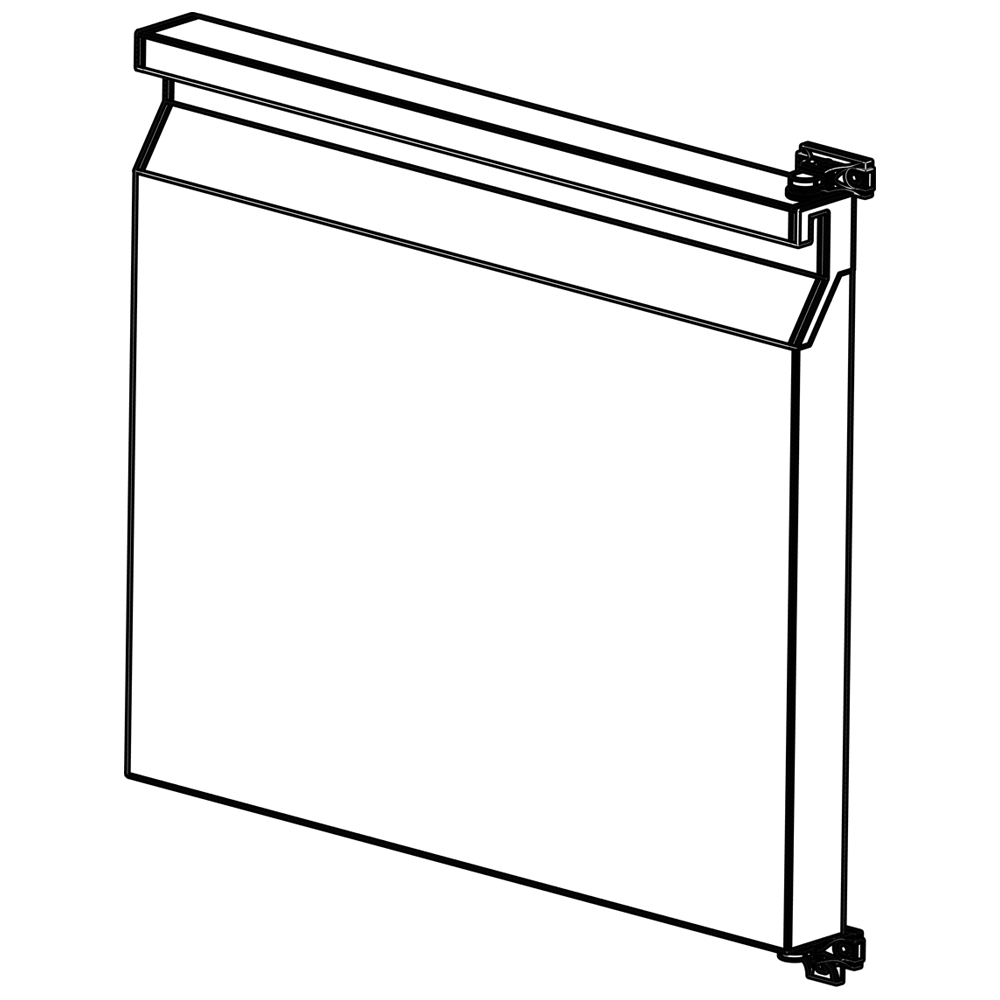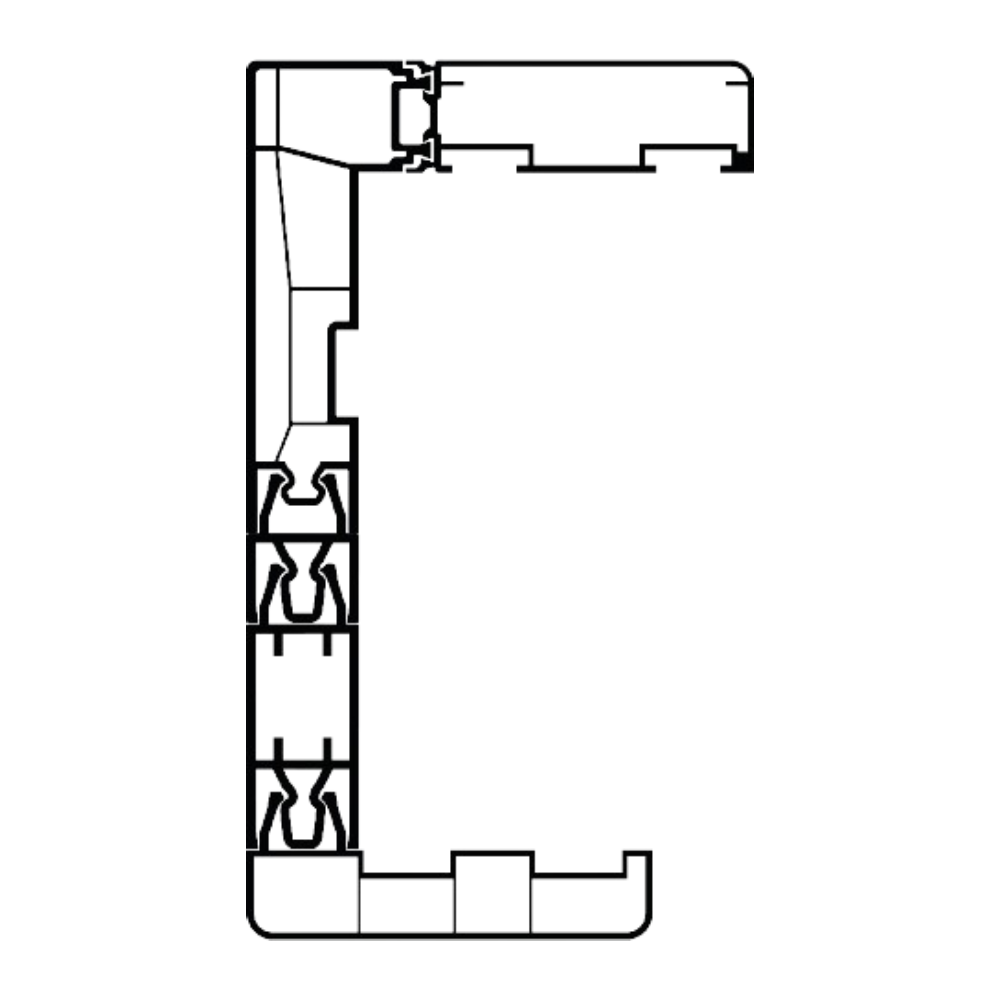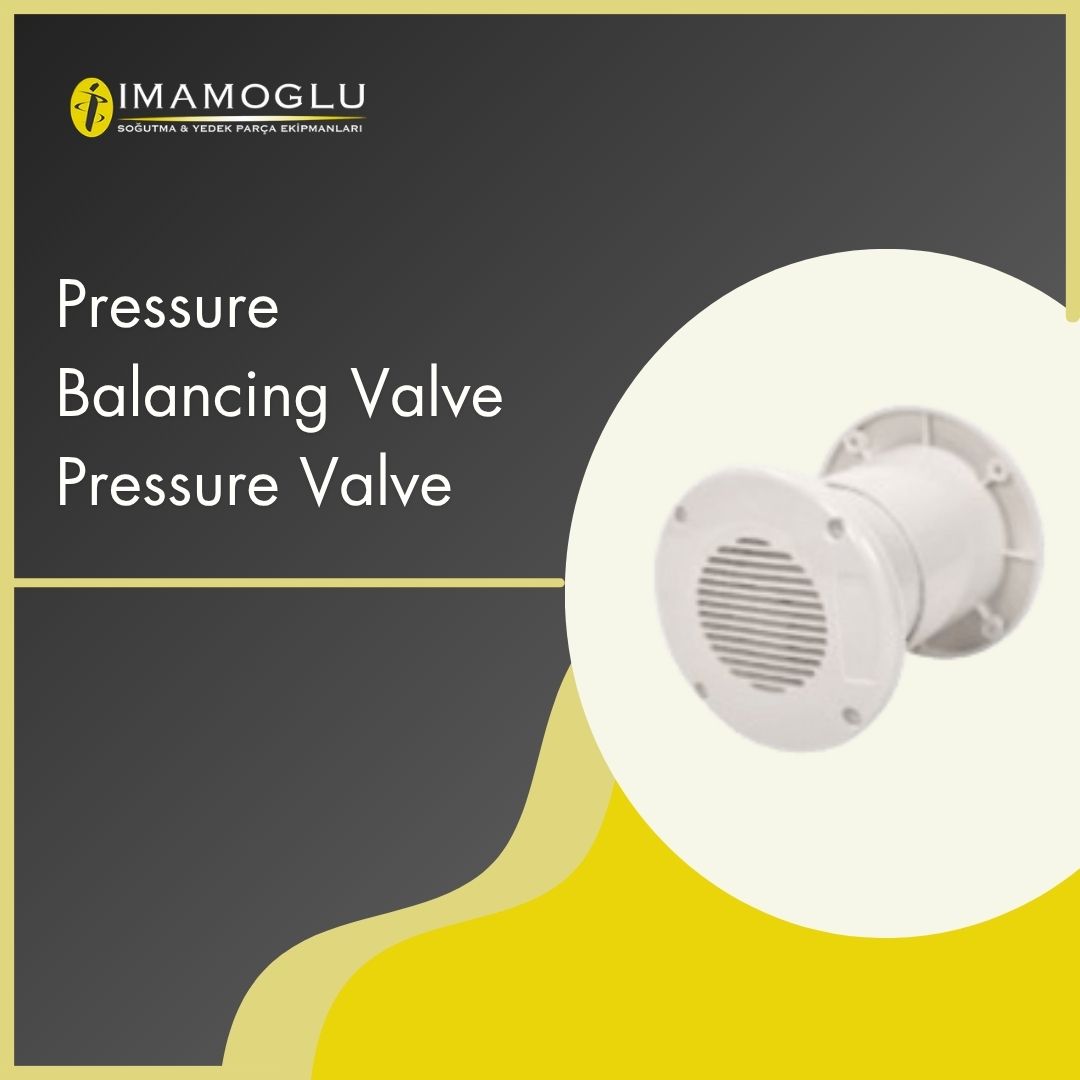Pressure Balancing Valve / Pressure Valve
Table of Contents
- What is a Pressure Balancing Valve?
- Key Features of Pressure Valves
- Applications of Pressure Balancing Valves
- Advantages Provided by Pressure Valves
- Tips for Choosing the Right Pressure Valve
- Maintenance and Inspection of Pressure Valves
- Technological Advancements in Pressure Valves
What is a Pressure Balancing Valve?
A pressure balancing valve is a critical component designed to control and stabilize the pressure of liquid or gas flow within industrial systems. These valves prevent pressure fluctuations, ensuring both equipment protection and compliance with safety standards. Also known as a pressure valve, the pressure balancing valve is widely used across various industries. Pressure valves function by relieving excess pressure or regulating flow during low-pressure conditions. For instance, in a water distribution system, a pressure balancing valve maintains steady pressure to prevent pipe bursts. These valves may feature mechanical or electronic control mechanisms and can be customized for industrial systems. Critical for safety and efficiency, these valves are indispensable in modern facilities.

Key Features of Pressure Valves
Pressure valves are designed with a range of key features for industrial systems. Firstly, they are typically made from corrosion-resistant materials such as stainless steel, brass, or high-durability polymers, ensuring longevity in harsh conditions. Additionally, pressure balancing valve models feature adjustable mechanisms to accommodate different pressure ranges. Another key feature is precise pressure control, with pressure valves responding quickly to pressure changes to enhance efficiency. Some models are equipped with automatic shut-off or relief functions, reducing safety risks. Their compact designs make pressure balancing valves suitable for use in confined spaces. Certain valves also offer specialized features, such as resistance to chemicals or high temperatures, making them versatile solutions.
Applications of Pressure Balancing Valves
Pressure balancing valves play a critical role in a wide range of industries. HVAC (heating, ventilation, and air conditioning) systems are among the most common applications, where pressure valves regulate water or air flow to ensure energy efficiency. In the food and beverage industry, pressure balancing valves are used in liquid transfer lines to maintain safety and hygiene standards. The oil and gas industry is another key area, where pressure valves are employed in high-pressure environments to ensure safety. In water treatment plants, these valves facilitate even water distribution and protect piping systems. Additionally, pressure valves are essential in pharmaceutical production, chemical industries, and power plants for process efficiency and safety.
Advantages Provided by Pressure Valves
Pressure balancing valves offer numerous advantages to businesses. Firstly, they enhance safety in industrial systems by automatically relieving excess pressure, preventing equipment damage and potential accidents. Additionally, pressure valves positively impact energy efficiency, reducing unnecessary energy consumption and lowering operating costs. Their durable construction makes pressure balancing valves a long-term investment. Materials like stainless steel ensure performance in challenging conditions. Easy installation and maintenance features streamline operational processes. Pressure valves optimize system performance, ensuring uninterrupted production. Moreover, eco-friendly designs contribute to energy savings and sustainability goals.
Tips for Choosing the Right Pressure Valve
Selecting a pressure balancing valve requires careful consideration of system needs and industry requirements. First, determine the pressure range and fluid type of the operating environment. For instance, in systems handling chemicals, stainless steel pressure valves are recommended. The valve’s size and connection type must be compatible with the existing system. The control mechanism is a key factor in the selection process: mechanical pressure valves are suitable for simple systems, while electronically controlled pressure balancing valves are ideal for complex industrial systems. Safety certifications, such as ASME or ISO, should be verified to ensure quality and compliance. The manufacturer’s technical support and access to spare parts are critical for long-term use.
Maintenance and Inspection of Pressure Valves
Regular maintenance and inspection are essential for the longevity of pressure balancing valves. The valves’ performance should be periodically tested, as accurate pressure settings are critical for safety in industrial systems. Pressure valves should be cleaned regularly to prevent dirt or debris buildup, using methods suitable for the valve’s material. Stainless steel valves should be cleaned with non-corrosive cleaners and dried with a cloth. Seals and moving parts should be inspected regularly for signs of wear. To prevent efficiency losses, follow the manufacturer’s recommended maintenance schedule. For automatic pressure valves, software updates and calibration should be performed regularly.
Technological Advancements in Pressure Valves
Pressure balancing valve technology continues to evolve, offering innovative solutions for industrial systems. Smart pressure valves with IoT (Internet of Things) integration enable real-time pressure monitoring and remote control, providing significant safety and efficiency benefits. AI-powered valves can predict pressure fluctuations and intervene proactively. Advances in material technology have increased the durability of pressure valves. For example, next-generation stainless steel alloys offer greater resistance to extreme temperatures and chemicals. 3D printing technology accelerates the production of customized pressure balancing valves, enabling adaptation to complex systems. Eco-friendly manufacturing processes and energy-efficient designs prioritize sustainability in the pressure valve industry. These innovations optimize operational processes and reduce environmental impact.








